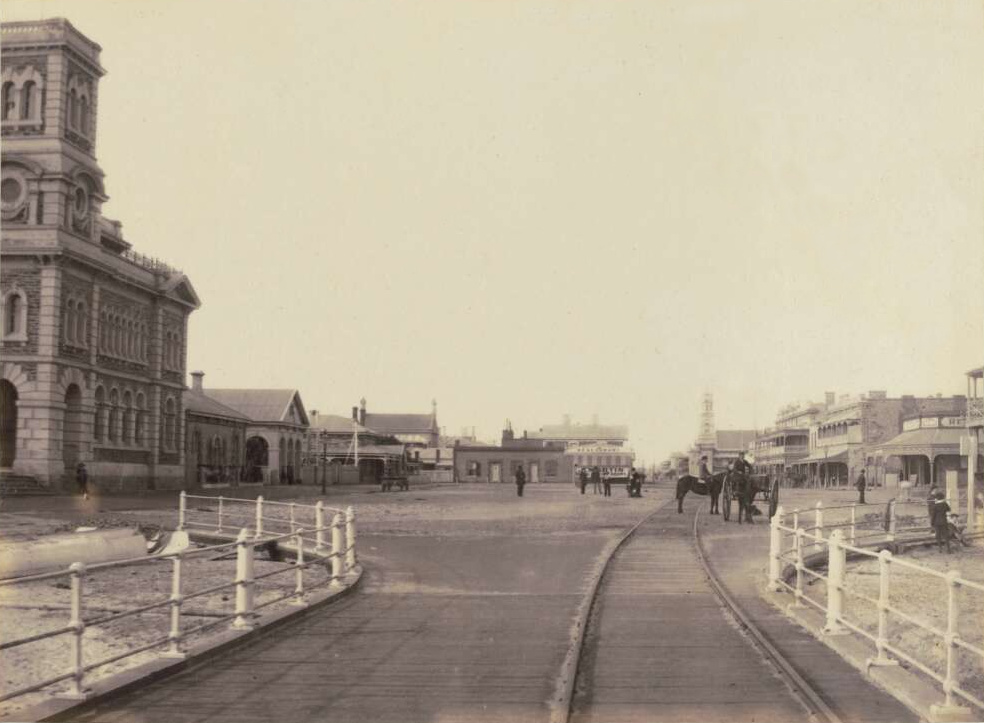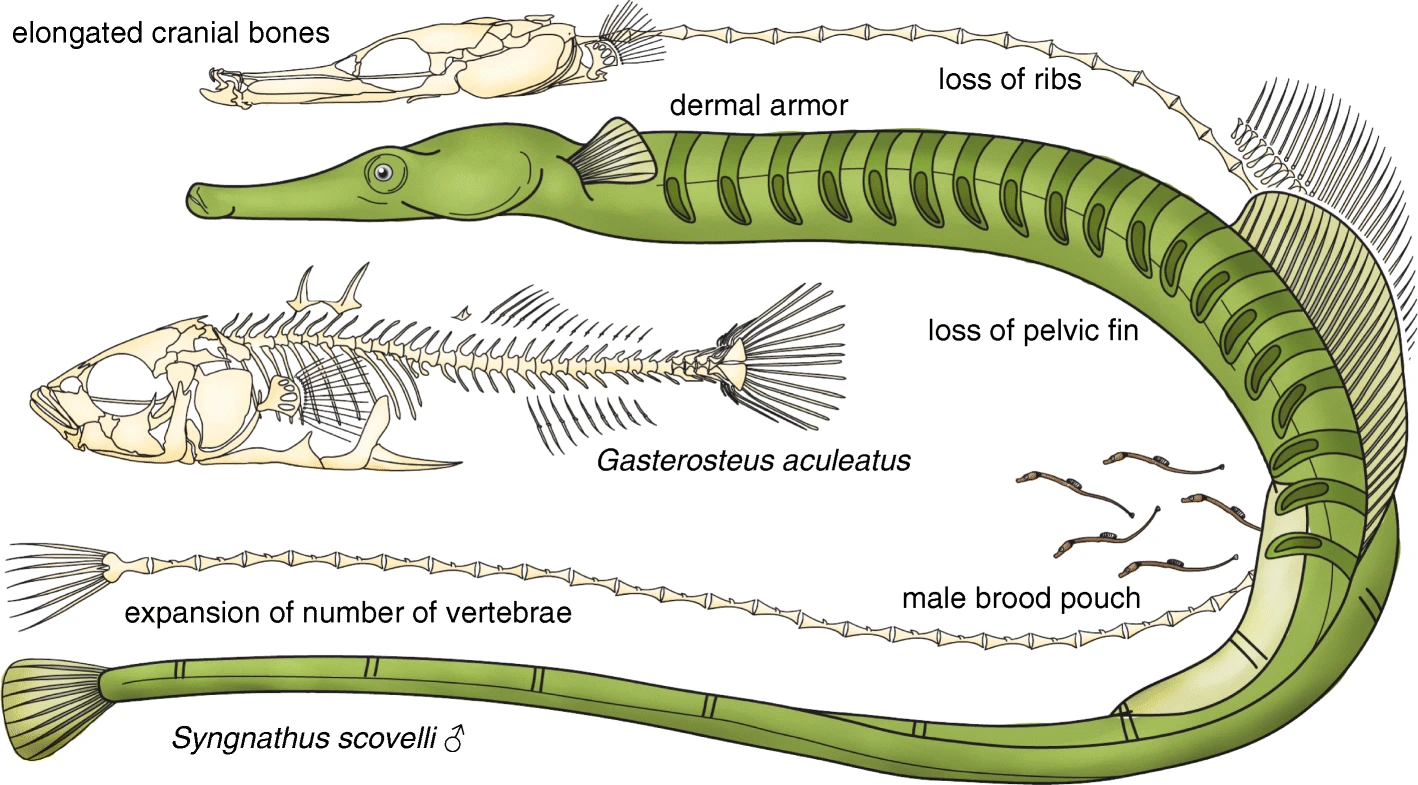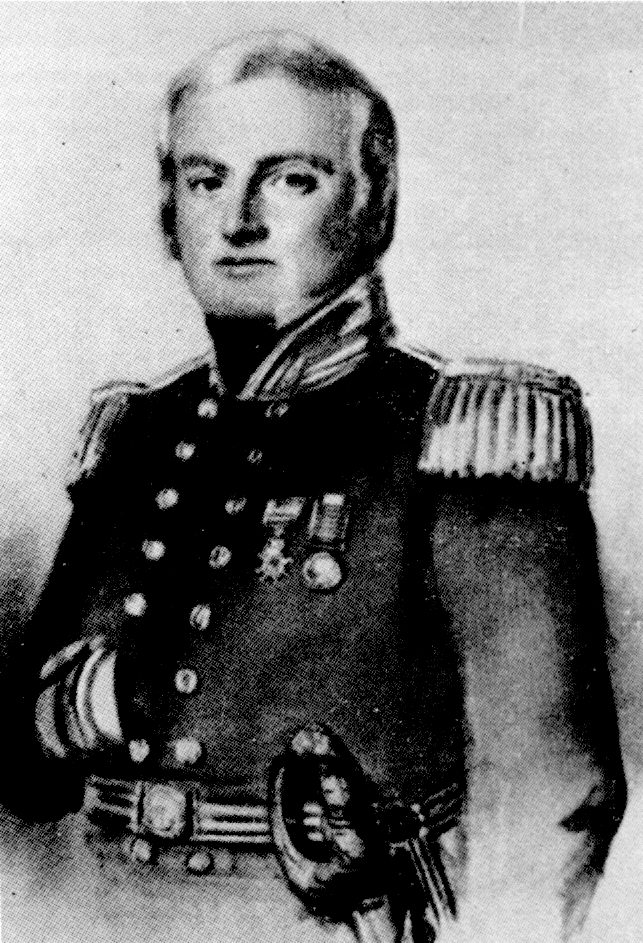|
Holdfast Bay
The Holdfast Bay is a small bay in Gulf St Vincent, next to Adelaide, South Australia. Along its shores lie the local government area of the City of Holdfast Bay and the suburbs of Glenelg and Glenelg North European settlement on Holdfast Bay The bay was named by Colonel William Light, South Australian surveyor general, in mid-1836. In his journal he expressed his pleasure at the quality of the anchorage after riding out a storm. Holdfast Bay was the site of the landings in 1836 and 1837 by pioneers who were to set up the colony of South Australia. On 8 November 1836 Robert Gouger, Colonial Secretary and Chief Magistrate, arrived there aboard the ''Africaine'' and set up camp near The Old Gum Tree. With the arrival of Governor Hindmarsh on 28 December and the proclamation of the new colony, the Holdfast Bay settlement became the first seat of government of South Australia. (It remained the seat of government until mid-March 1837.) On 31 December 1836 the Holdfast Bay settlement ... [...More Info...] [...Related Items...] OR: [Wikipedia] [Google] [Baidu] |
Glenelg, South Australia
Glenelg is a beach-side suburb of the South Australian capital of Adelaide. Located on the shore of Holdfast Bay in Gulf St Vincent, it has become a tourist destination due to its beach and many attractions, home to several hotels and dozens of restaurants. Established in 1836, it is the oldest European settlement on mainland South Australia. It was named after Lord Glenelg, a member of British Cabinet and Secretary of State for War and the Colonies. Through Lord Glenelg the name derives from Glenelg, Highland, Scotland. History Prior to the 1836 British colonisation of South Australia, Glenelg and the rest of the Adelaide Plains was home to the Kaurna group of Aboriginal Australians. They knew the area as "Pattawilya" and the local river as "Pattawilyangga", now named the Patawalonga River. Evidence has shown that at least two smallpox epidemics had killed the majority of the Kaurna population prior to 1836. The disease appeared to have come down the Murray River from ... [...More Info...] [...Related Items...] OR: [Wikipedia] [Google] [Baidu] |
Proclamation Day (South Australia)
Proclamation Day is the name of official or unofficial holidays or other anniversaries which commemorate or mark an important proclamation. In some cases it may be the day of, or the anniversary of, the proclamation of a monarch's accession to the throne. A proclamation day may also celebrate the independence of a country, the end of a war, or the ratification of an important treaty. South Australia Proclamation Day in South Australia celebrates the establishment of government in South Australia as a British province. The province itself was officially created and proclaimed in 1834 when the British Parliament passed the South Australia Act, which empowered King William IV to create South Australia as a British province and to provide for its colonisation and government. It was ratified 19 February 1836 when King William issued Letters Patent establishing the province. The proclamation announcing the establishment of Government was made by Captain John Hindmarsh beside The Ol ... [...More Info...] [...Related Items...] OR: [Wikipedia] [Google] [Baidu] |
Western Blue Devil
The western blue devil (''Paraplesiops sinclairi'') is a species of fish in the longfin family Plesiopidae endemic to Western Australia. The fish is found in rocky reef habitats in the coastal, inshore waters of southwestern Western Australia, from the Recherche Archipelago to Lancelin. The specific name was coined as a memorial to the ichthyologist Nicholas Sinclair of the Australian Museum who was involved in the collection of the type specimens In biology, a type is a particular specimen (or in some cases a group of specimens) of an organism to which the scientific name of that organism is formally attached. In other words, a type is an example that serves to anchor or centralizes th .... References western blue devil Marine fish of Western Australia western blue devil Taxa named by J. Barry Hutchins {{ray-finned fish-stub ... [...More Info...] [...Related Items...] OR: [Wikipedia] [Google] [Baidu] |
Majoidea
The Majoidea are a superfamily of crabs which includes the various spider crabs. Taxonomy In "''A classification of living and fossil genera of decapod crustaceans''" De Grave and colleagues divided Majoidea into six families: * Family Epialtidae ** Subfamily Epialtinae ** Subfamily Pisinae ** Subfamily Pliosomatinae ** Subfamily Tychiinae * Family Hymenosomatidae * Family Inachidae * Family Inachoididae * Family Majidae ** Subfamily Eurynolambrinae ** Subfamily Majinae ** Subfamily Micromaiinae ** Subfamily Mithracinae ** Subfamily Planoterginae * Family Oregoniidae The classification has since been revised, with subfamilies Epialtinae and Mithracinae being elevated to families and Hymenosomatidae being moved to its own superfamily. The family composition according to the World Register of Marine Species is as follows: * family Epialtidae MacLeay, 1838 * family Inachidae MacLeay, 1838 * family Inachoididae Dana, 1851 * family Macrocheiridae Dana, 1851 * family Majidae ... [...More Info...] [...Related Items...] OR: [Wikipedia] [Google] [Baidu] |
Nudibranch
Nudibranchs () are a group of soft-bodied marine gastropod molluscs which shed their shells after their larval stage. They are noted for their often extraordinary colours and striking forms, and they have been given colourful nicknames to match, such as "clown", "marigold", "splendid", "dancer", "dragon", or "sea rabbit". Currently, about 3,000 valid species of nudibranchs are known.Ocean Portal (2017)A Collage of Nudibranch Colors Smithsonian National Museum of Natural History. Retrieved 17 April 2018. The word "nudibranch" comes from the Latin "naked" and the Ancient Greek () " gills". Nudibranchs are often casually called sea slugs, as they are a family of opistobranchs (sea slugs), within the phylum Mollusca (molluscs), but many sea slugs belong to several taxonomic groups which are not closely related to nudibranchs. A number of these other sea slugs, such as the photosynthetic '' Sacoglossa'' and the colourful Aglajidae, are often confused with nudibranchs. Dist ... [...More Info...] [...Related Items...] OR: [Wikipedia] [Google] [Baidu] |
Sepia Apama
Giant cuttlefish also known as the Australian giant cuttlefish (scientific name ''Sepia apama''), is the world's largest cuttlefish species, growing to in mantle length and up to in total length (total length meaning the whole length of the body including outstretched tentacles). They can be over in weight. Using cells known as chromatophores, the cuttlefish can put on spectacular displays, changing color in an instant. The giant cuttlefish is native to temperate and subtropical waters of Australia, from Brisbane in Queensland to Shark Bay in Western Australia and Tasmania to the south. It occurs on rocky reefs, seagrass beds, and sand and mud seafloor to a depth of . In 2009 the species was listed at Near Threatened on the IUCN Red List of Threatened Species due to an observed declining trend at that time. Lifecycle and reproduction Giant cuttlefish live 1–2 years. Breeding takes place with the onset of the southern winter. Males abandon their normal cryptic coloring and s ... [...More Info...] [...Related Items...] OR: [Wikipedia] [Google] [Baidu] |
Reef
A reef is a ridge or shoal of rock, coral or similar relatively stable material, lying beneath the surface of a natural body of water. Many reefs result from natural, abiotic component, abiotic processes—deposition (geology), deposition of sand, wave erosion planing down rock outcrops, etc.—but there are also reefs such as the coral reefs of tropical waters formed by biotic component, biotic processes dominated by corals and coralline algae, and artificial reefs such as shipwrecks and other anthropogenic underwater structures may occur intentionally or as the result of an accident, and sometimes have a designed role in enhancing the physical complexity of featureless sand bottoms, to attract a more diverse assemblage of organisms. Reefs are often quite near to the surface, but not all definitions require this. Earth's largest coral reef system is the Great Barrier Reef in Australia, at a length of over . Biotic There is a variety of biotic reef types, including oyster ... [...More Info...] [...Related Items...] OR: [Wikipedia] [Google] [Baidu] |
Pipefish
Pipefishes or pipe-fishes (Syngnathinae) are a subfamily of small fishes, which, together with the seahorses and seadragons ('' Phycodurus'' and '' Phyllopteryx''), form the family Syngnathidae. Description Pipefish look like straight-bodied seahorses with tiny mouths. The name is derived from the peculiar form of the snout, which is like a long tube, ending in a narrow and small mouth which opens upwards and is toothless. The body and tail are long, thin, and snake-like. They each have a highly modified skeleton formed into armored plating. This dermal skeleton has several longitudinal ridges, so a vertical section through the body looks angular, not round or oval as in the majority of other fishes. A dorsal fin is always present, and is the principal (in some species, the only) organ of locomotion. The ventral fins are consistently absent, and the other fins may or may not be developed. The gill openings are extremely small and placed near the upper posterior angle of the gi ... [...More Info...] [...Related Items...] OR: [Wikipedia] [Google] [Baidu] |
Seahorse
A seahorse (also written ''sea-horse'' and ''sea horse'') is any of 46 species of small marine fish in the genus ''Hippocampus''. "Hippocampus" comes from the Ancient Greek (), itself from () meaning "horse" and () meaning "sea monster" or "sea animal". Having a head and neck suggestive of a horse, seahorses also feature segmented bony armour, an upright posture and a curled prehensile tail. Along with the pipefishes and seadragons (''Phycodurus'' and ''Phyllopteryx'') they form the family Syngnathidae. Habitat Seahorses are mainly found in shallow tropical and temperate salt water throughout the world, from about 45°S to 45°N. They live in sheltered areas such as seagrass beds, estuaries, coral reefs, and mangroves. Four species are found in Pacific waters from North America to South America. In the Atlantic, ''Hippocampus erectus'' ranges from Nova Scotia to Uruguay. '' H. zosterae'', known as the dwarf seahorse, is found in the Bahamas. Colonies have been found in Europ ... [...More Info...] [...Related Items...] OR: [Wikipedia] [Google] [Baidu] |
Artificial Reef
An artificial reef is a human-created underwater structure, typically built to promote marine life in areas with a generally featureless bottom, to control erosion, block ship passage, block the use of trawling nets, or improve surfing Surfing is a surface water sport in which an individual, a surfer (or two in tandem surfing), uses a board to ride on the forward section, or face, of a moving wave of water, which usually carries the surfer towards the shore. Waves suitabl .... Many reefs are built using objects that were built for other purposes, such as by sinking oil rigs (through the Rigs-to-Reefs program), Sinking ships for wreck diving sites, scuttling ships, or by deploying rubble or construction debris. Other artificial reefs are purpose-built (e.g. the The Reef Ball Foundation, reef balls) from Polyvinyl chloride, PVC or concrete. Shipwrecks may become artificial reefs when preserved on the seafloor. Regardless of construction method, artificial reefs generally ... [...More Info...] [...Related Items...] OR: [Wikipedia] [Google] [Baidu] |
Corporate Town Of Glenelg
The City of Glenelg was a local government area in South Australia seated at the Adelaide sea-side township of Glenelg from 1855 until 1997. History The Corporate Town of Glenelg was proclaimed on 23 August 1855 by severance from the District Council of West Torrens and District Council of Brighton. When first proclaimed, the corporate town extended over sections 184, 204 and 205 of the Hundred of Noarlunga. At the time, section 204 was already bisected west to east by the "main road leading from Adelaide to Glenelg", which ultimately was called Anzac Highway. The initial town boundaries extended from approximately the modern Kibby Avenue and Margaret Street (Glenelg North), in the north, to the modern Boundary Road and Yarrum Grove (Somerton Park), in the south. Five years later, the Corporate Town of Brighton was proclaimed immediately to the south of Glenelg council. In the half century from 1900 the Glenelg council was enlarged by four separate annexations of portions of t ... [...More Info...] [...Related Items...] OR: [Wikipedia] [Google] [Baidu] |
John Hindmarsh
Rear-Admiral Sir John Hindmarsh KH (baptised 22 May 1785 – 29 July 1860) was a naval officer and the first Governor of South Australia, from 28 December 1836 to 16 July 1838. Family His grandfather William Hindmarsh was a gardener in Coniscliffe, County Durham. His father, John Hindmarsh, was born on 27 June 1753 and baptised at St Cuthbert's Church, Darlington. He was pressed into the Royal Navy, and eventually became a warrant officer of the ''Bellerophon''. On 23 August 1784 Hindmarsh (senior) married Mrs Mary Roxburgh, a widow, at St George's-in-the East, Middlesex.'The Journal of the Northumberland & Durham Family History Society, Volume 12, No 2, Summer 1987 p40, ''From Durham to the South Seas'', by FS Hindmarsh, (This is p13 of the pdf file.) [...More Info...] [...Related Items...] OR: [Wikipedia] [Google] [Baidu] |






.jpg)
